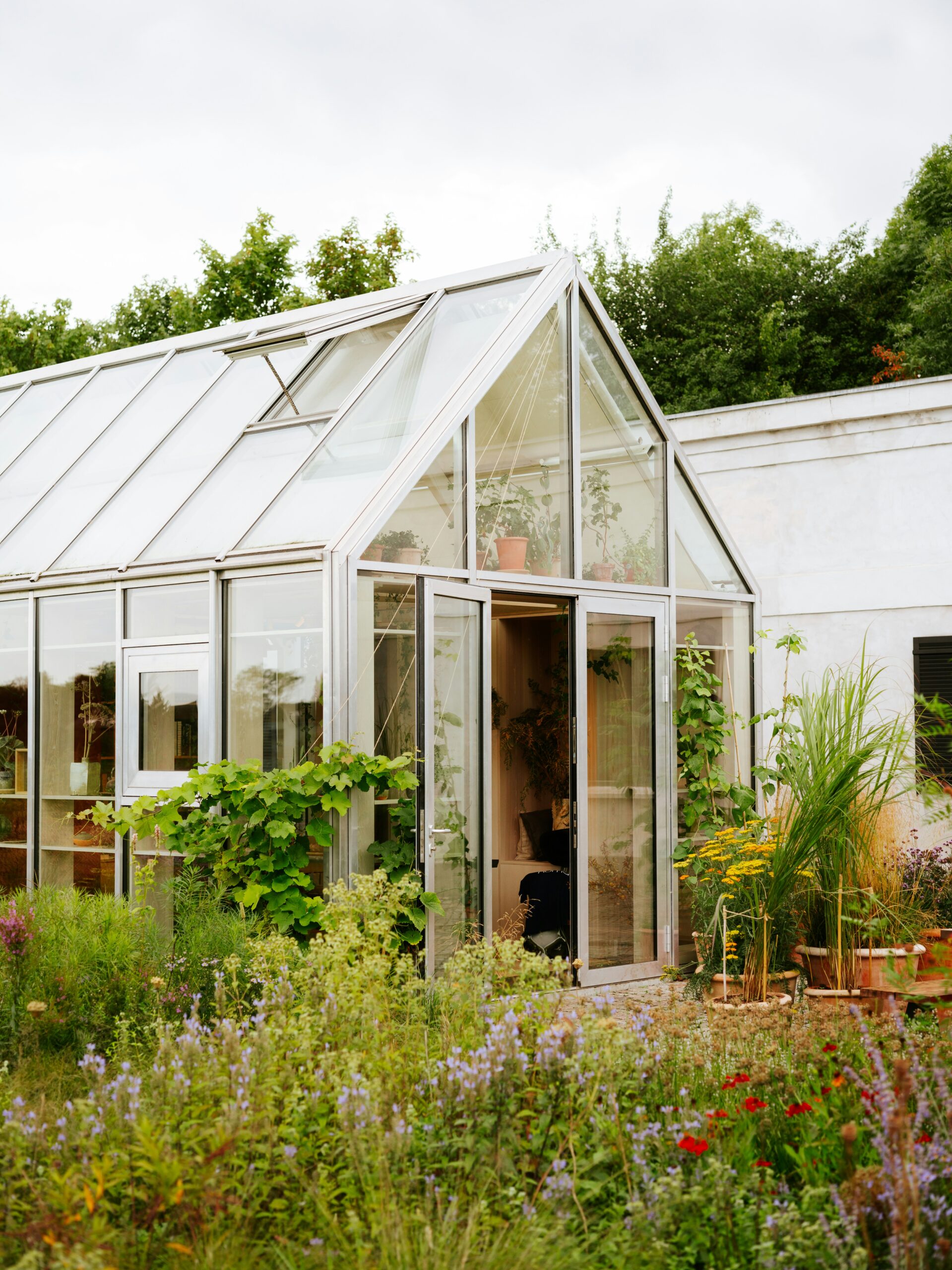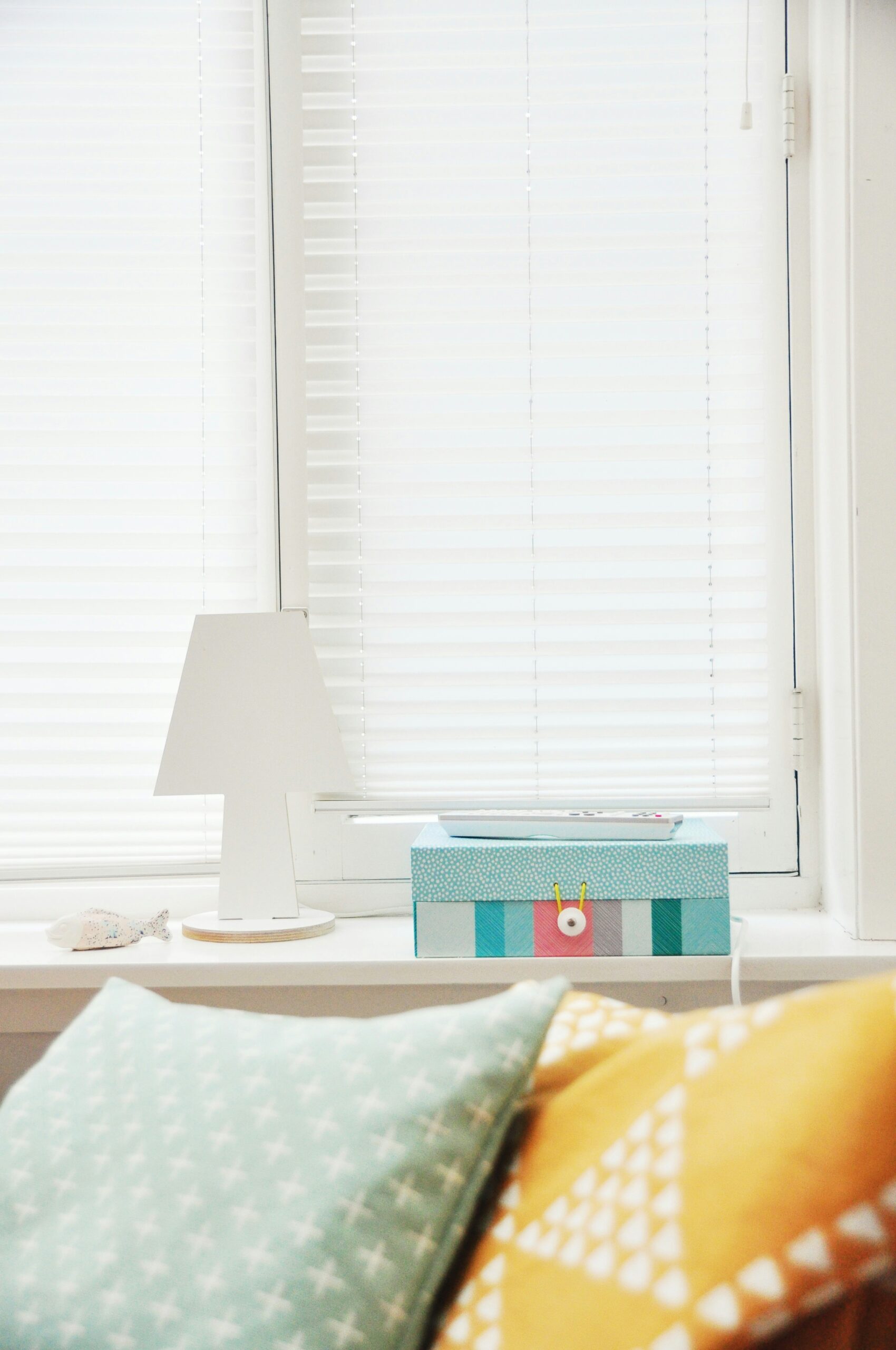Understanding the Challenges of Tiny Living
Living in a tiny home presents a unique set of challenges that requires thoughtful solutions. One of the primary hurdles is limited storage. Unlike conventional houses, tiny homes often lack ample closets and cabinets, making it imperative to be ingenious in storage solutions. This limitation can easily lead to clutter, which not only affects the physical space but can also contribute to mental stress. Carefully considering storage options such as under-bed compartments, wall-mounted shelves, and multifunctional furniture can help to maximize space and maintain organization.
In addition to storage issues, tiny living necessitates the use of multifunctional furniture. Items that serve multiple purposes, such as sofa beds or extendable dining tables, are crucial in optimizing the limited square footage. These versatile pieces can significantly enhance the usability of a small area, allowing residents to adapt their space for various functions—whether it’s entertaining guests or simply unwinding at the end of the day. Prioritizing these types of furniture not only aids in maintaining an efficient living space but also contributes to a more visually appealing environment.
Aesthetics also play a vital role in creating a harmonious and comfortable tiny home. The design choices made within limited walls should reflect personal style while being functional. A cohesive color palette, strategic lighting, and the incorporation of decorative storage solutions can help to create an inviting atmosphere. However, achieving this balance can often feel overwhelming due to the inherent constraints of small spaces. Overcoming these challenges requires careful planning and prioritization of space efficiency and tasteful design, ultimately leading to a home that is both functional and aesthetically pleasing.
Smart Storage Solutions for Tiny Homes
Maximizing storage in tiny homes requires innovative solutions that blend functionality with aesthetic appeal. One effective way to achieve this is through the incorporation of built-in shelves. These can be custom-designed to fit any nook or corner, providing valuable space for books, decorative items, or everyday essentials. Built-in shelving not only utilizes vertical space effectively but can also enhance the overall design of a room by creating a cohesive look.
Under-bed storage is another practical solution worth considering. Most beds in tiny homes can be elevated or designed with drawers beneath them, allowing residents to stow away seasonal clothing, extra bedding, or rarely used items. This strategy leverages often-overlooked space while keeping the living area uncluttered. Furthermore, consider adopting multifunctional furniture that includes storage capabilities. Sofas with hidden compartments or ottomans that double as both seating and storage can significantly contribute to maximizing available space without compromising style.
Vertical space offers a wealth of opportunities for creative storage hacks. Utilizing hanging organizers in kitchens, bathrooms, and hallways is a smart way to keep necessities within reach while maintaining order. For instance, wall-mounted racks or magnetic strips can hold kitchen tools, while hanging baskets can provide a stylish solution for bathroom toiletries. The key is to think vertically and utilize every inch available.
Ultimately, decluttering and choosing essential items strategically play a vital role in maximizing storage in tiny homes. It is advisable to regularly assess belongings and remove items that no longer serve a purpose, ensuring that only meaningful possessions remain. By implementing these smart storage solutions, tiny homes can achieve an organized, functional, and stylish living space that reflects the homeowner’s personality.
Stylish Decor Ideas that Save Space
In the pursuit of maximizing space within a small home, the decor choices play a vital role in transforming the environment into a stylish and inviting sanctuary. One effective approach is to opt for lighter color palettes that create an illusion of more space. Soft hues such as whites, pastels, and light grays tend to reflect light, making the area feel more open and airy. Conversely, darker colors can make a space feel smaller and more confined, which is not ideal for compact homes.
Another clever design tactic involves the strategic use of mirrors. Placing mirrors on walls or as decorative pieces can significantly enhance brightness and depth within the room. When positioned opposite windows or light sources, mirrors amplify natural light, contributing to a more vibrant atmosphere. This reflective quality can give the impression of larger spaces, making them feel much more expansive than they actually are.
Furthermore, selecting furniture with a smaller footprint is crucial in maintaining a chic aesthetic while ensuring functionality. Look for multi-purpose furniture that serves dual roles, such as ottomans that can double as storage or coffee tables that can be extended for extra seating during gatherings. Tailoring furniture choices to fit the room dimensions optimally can preserve open areas, which is essential in avoiding a cluttered feel.
It is equally important to personalize the decor to reflect one’s unique style without overcrowding the space. Incorporating cherished items, such as artwork, photographs, or heirlooms, can infuse personality and warmth into a small home. Displaying these pieces intentionally can create focal points that draw the eye, emerging as meaningful decor without overwhelming the overall design. By thoughtfully curating decor elements, a cozy, chic environment while maximizing storage becomes entirely feasible.
Case Studies: Inspiring Tiny Home Transformations
Across the globe, numerous individuals and families have embraced the tiny home movement, resulting in remarkable transformations that exemplify the balance of storage and style. These case studies showcase real-life examples where innovative design solutions have turned compact living spaces into functional and appealing homes. The following stories delve into the challenges they faced and the creative methods employed to optimize their environments.
In one noteworthy transformation, a couple residing in a 200-square-foot tiny home managed to incorporate multifunctional furniture that efficiently utilized every inch of available space. Before their renovation, the space felt cramped and cluttered, lacking both aesthetic appeal and storage capabilities. By opting for a murphy bed and a expandable dining table, they created a versatile living area that could adapt to various needs throughout the day. The result was an inviting home that embraced minimalism while retaining aesthetic charm, proving that small spaces can indeed be stylish.
Another inspiring example features a single mother who transformed a vintage school bus into a cozy family dwelling. Initially, the bus was in disarray, making it difficult to envision a livable space. Through clever design, she installed hidden compartments beneath the seating areas and used wall-mounted shelving to minimize floor clutter. With personal touches like a herb garden in the window and vibrant decor, she demonstrated that even the most unconventional tiny homes can combine functionality and beauty, ultimately improving her family’s quality of life.
Testimonials from these tiny home owners reveal the positive impact that smart space solutions have on their daily routines. They often express how well-designed storage systems have simplified their lives, allowing them to focus on what is truly important. These examples serve as a reminder that with thoughtful planning and creativity, beautiful, functional tiny homes are not only attainable but can also enrich one’s living experience.


